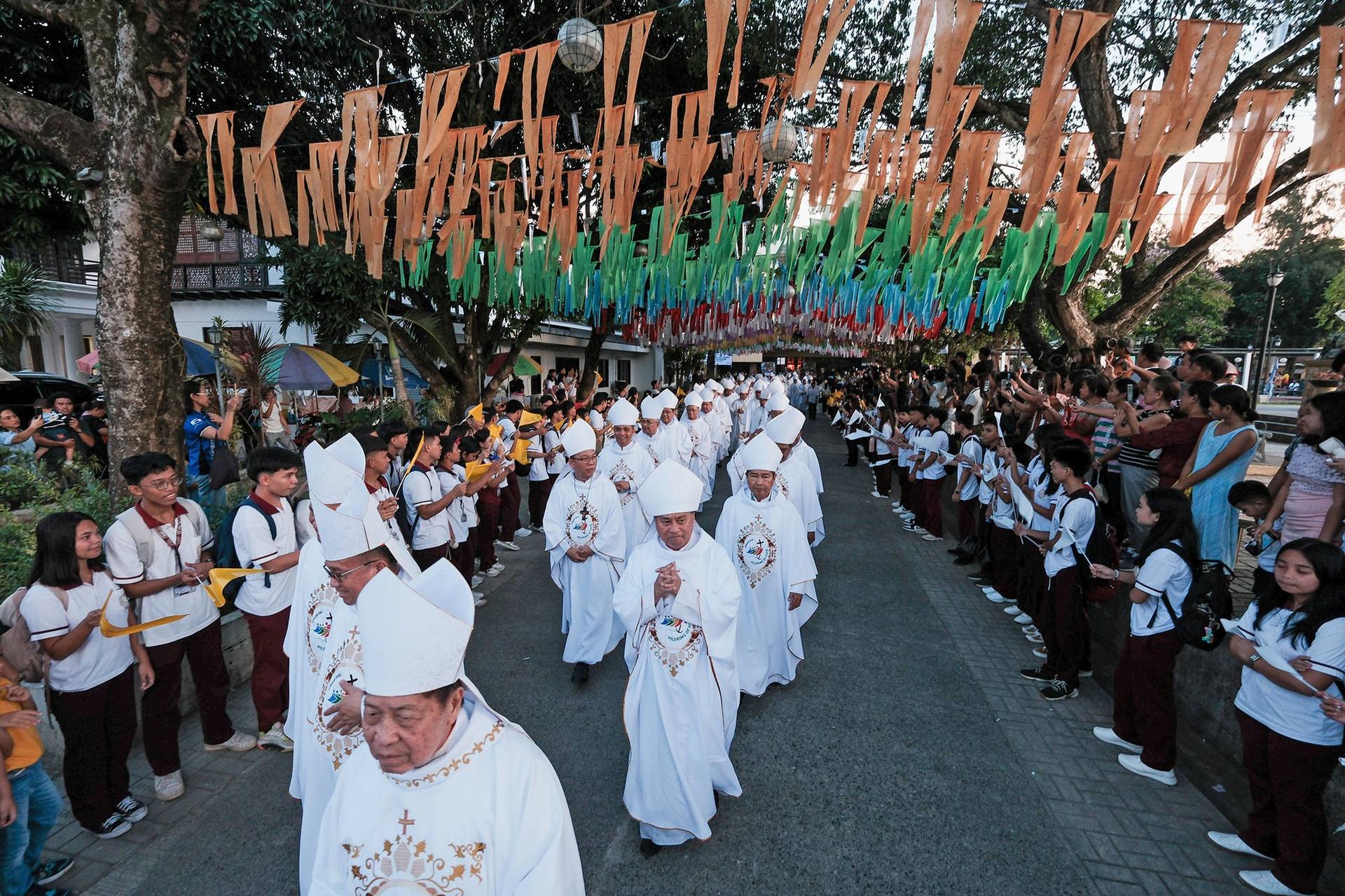MUMBAI, India – Nearly 10,000 people marked the 10th anniversary of the worst anti-Christian violence in India’s history by attending a public hearing on the Kandhamal attacks.
The Jan. 12 meeting involved Archbishop John Barwa of Cuttack-Bhubaneswar, whose family was personally affected by the attacks.
Kandhamal is a district of the eastern Indian state of Odisha, formerly known as Orissa, where an orgy of violence descended upon the impoverished Christian minority in August 2008.
A series of riots led by radical Hindus left roughly 100 people dead, thousands injured, 300 churches and 6,000 homes destroyed, and 50,000 people displaced, many forced to hide in nearby forests where more died of hunger and snakebites.
Barwa’s own niece, a Servite nun, was gang-raped during the violence and then paraded naked through the village in a final act of humiliation. A local priest, Father Thomas Chellan, who served along with her in Kandhamal, was savagely beaten.
Barwa said the public hearing was in order to “express our closeness to the victims of the violence in the Khandhmal district.”
He told Crux there were four main reasons for the meeting:
- To update everyone on the status of ongoing and pending legal cases involving the violence;
- To look at the possibility of reopening some of the closed police and court cases;
- To give information on the culprits who are still roaming free, and the efforts to bring them to justice;
- To encourage and empower ‘frightened witnesses’ not to be afraid to recount their stories.
The archbishop said the Christians of Kandhamal are not losing hope.
“Faith is growing in our people, and our God is the God of our people, who are the lost, the last, and the least,” he told Crux.
“No persecution can ever crush or diminish the faith of our people. On the contrary, the faithful who have suffered violence are steadfast in faith in Christ. Faith grows stronger. Our people have one deep desire, that the martyrs for the faith should be declared martyrs. I told them that the process is on, they are proud of those who died for the faith,” Barwa continued.
In 2016, Barwa began the process to declare 100 of the Kandhamal victims to be martyrs and is still collecting documentation to eventually send to the Vatican.
Barwa told the gathering that “justice and peace need to go hand in hand,” and urged the Christians of the district to remain united.
Father Dibya Parichha, the Secretary of the Justice and Peace Commission of the Archdiocese of Cuttack-Bhubaneswar, told Crux one area the public hearing discussed was about the compensation awarded the victims from India’s Supreme Court.
In August 2016, India’s Supreme Court ordered the state government to re-investigate 315 cases of violence reported during the riots, where police did not follow up on reported crimes, or the perpetrators were not prosecuted.
The 315 cases concerned are instances in which reports were made to the police but were not followed through or did not result in prosecution of the offenders.
The court also said the compensations that were paid to some of the victims were inadequate and ordered restitution to be paid to anyone injured during the riots.
“As much as 70 percent of people have received the compensation, but there is a long way to go still,” Parichha said.
The priest was also impressed by the large crowd that came to the event.
“After the violence, it was very difficult to gather even one hundred people and today they can gather thousands,” he said.
Kandhamal has a population of around 730,000, about 80 percent of whom are “Tribals,” meaning members of one of India’s indigenous groups, and 20 percent “Dalits,” meaning the “untouchables” under the ancient caste system.
Both Tribals and Dalits have long been at the bottom of society in terms of income, literacy, and life opportunities, and, in one of the typical pathologies of poverty, tensions between the two groups are common.
Christians are about 20 percent of the total population of the district, and are almost entirely Tribal and Dalit, and they still suffer discrimination and harassment to this day.
“No, doubt seeing the crowd and their participation has changed the perception in the community,” Parichha said.















